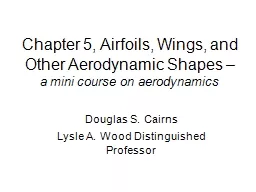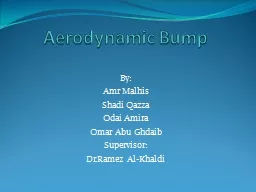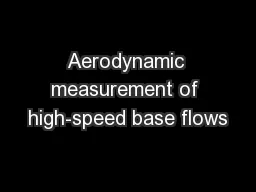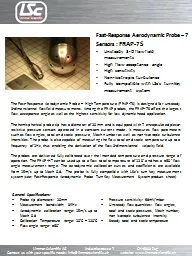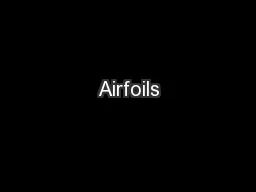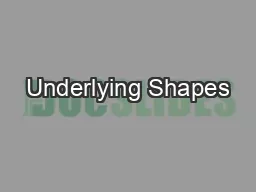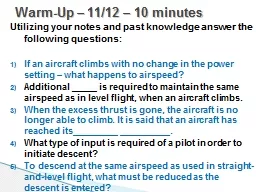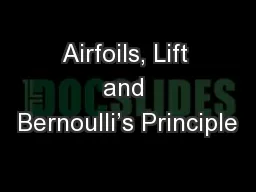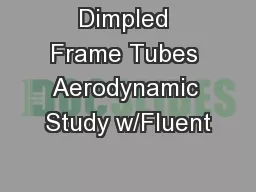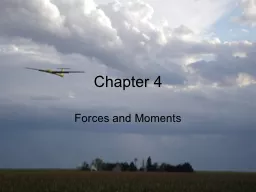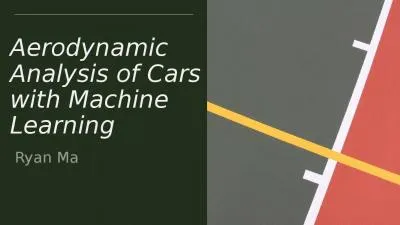PPT-Chapter 5, Airfoils, Wings, and Other Aerodynamic Shapes
Author : lois-ondreau | Published Date : 2016-09-13
a mini course on aerodynamics Douglas S Cairns Lysle A Wood Distinguished Professor F 1 is the integrated resultant of pressure on the TOP surface F 2 is the integrated
Presentation Embed Code
Download Presentation
Download Presentation The PPT/PDF document "Chapter 5, Airfoils, Wings, and Other Ae..." is the property of its rightful owner. Permission is granted to download and print the materials on this website for personal, non-commercial use only, and to display it on your personal computer provided you do not modify the materials and that you retain all copyright notices contained in the materials. By downloading content from our website, you accept the terms of this agreement.
Chapter 5, Airfoils, Wings, and Other Aerodynamic Shapes : Transcript
Download Rules Of Document
"Chapter 5, Airfoils, Wings, and Other Aerodynamic Shapes "The content belongs to its owner. You may download and print it for personal use, without modification, and keep all copyright notices. By downloading, you agree to these terms.
Related Documents

